

 The South African
The South African
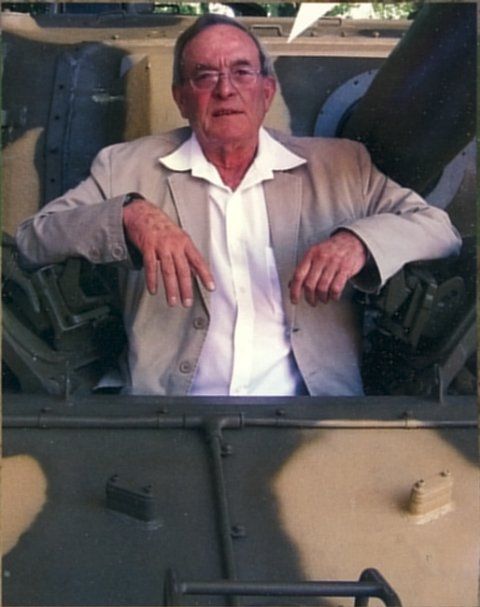
John Keene
During his service with the museum, John Keene also contributed extensively to the Military History Journal, first published in December 1967. For many years, he served as the Editor. His numerous articles published in both the journal and the Museum Review also bear testimony to his expertise. It is most fortunate that John Keene is the kind of man who has always believed in communicating his knowledge for the lasting benefit of the museum staff. The current editor of the journal was privileged to learn directly from him the principles of editing and layout, developing the special style of the journal that we know today.
In his farewell speech, John Keene implored his colleagues to continue the museum's tradition of ensuring that knowledge is passed on. He insisted that it takes at least five years of continuous effort, learning and practical experience to develop a curator. The standards he set - whether in conducting research, writing up results, mounting a display, handling exhibits or maintaining the museum premises - were always very high. His greatest contribution to the museum was his quality of leadership. During his term as Director, he instilled in the staff an enormous sense of responsibility and ownership by insisting on the proper acknowledgement of work completed by his staff and by encouraging problem-solving.
'It has always been quite remarkable how John faced up to inadequate funding by the Department of Arts and Culture so that he was unable to employ the full, approved establishment of sixty-two members of staff,' remarked Brig Gen Deon Fourie in his speech at a formal farewell held at the Museum on 27 May 2011, 'By his leadership and personality, he has worked miracles with twenty-five motivated men and women, none of whom has less than two duty sheets and all of whom perform a variety of assignments simultaneously and with devotion.'
'Not only did John work for the Museum and in the world of his fellow museologists,' continued Brig Gen Fourie, 'but he gave concerned and expert work to the Honours Advisory Panel of the South African National Defence Force. As a long-serving member he played a significant role in the reorganisation of the honours system and in the development of the new decorations and medals instituted by President Thabo Mbeki in 2003.'
John Keene was actively involved in the part-time Reserve Forces for thirty years, earning the rank of major and being awarded the Pro Merito Medal. At age 21, he became the youngest RSM in the South African Defence Force. He served on numerous committees and boards, including the Military History Commission, the SANDF Honours and Awards Advisory Board, the Rand Regiments Memorial Trust (of which he was a founding member), the Delville Wood Trust, the Transport Museum Council and Ditsong management committees.
'In his life-long performance of duty,' concluded Brig Gen Fourie, 'John has distinguished himself by his constant exceptional leadership, initiative and devotion to duty, all of which are reflected in the way he has served the interests of the Ditsong National Museum of Military History with dignity, pride, courage and devotion. When I toasted the Ditsong Museums of South Africa earlier today, I was reminded that "ditsong" means "place of heritage", but to me it also means the "guardian of heritage". And John has stood as a guardian at this museum we all love, protecting all South Africans' military heritage. He deserved his career here and he deserves a happy retirement.' In recognition of his contribution to South African military heritage, the South African Military History Society bestowed on him life membership.
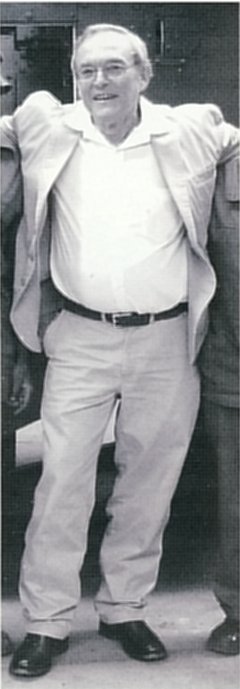
John Keene.
(Article on Index page of this issue)
'To provide a permanent and tangible record of the efforts, sacrifices and heroism of the men and women of all races in defence of the Union of South Africa; to foster national pride in their achievements and to maintain the traditions which they thus established
To display exhibits which will record the traditions of the past and present units of the Union Defence Forces and other services which assisted in the Union's efforts in time of War
To collect and preserve material for the above objects and for the use of historians and students of military history, and
To educate future generations towards a realisation of the wastefulness of war and its disastrous effects on civilisation and to emphasise the necessity of eliminating all possible causes of strife between nations
The South African National War Museum, Johannesburg, is established.'
George H van Rhyn, 1948
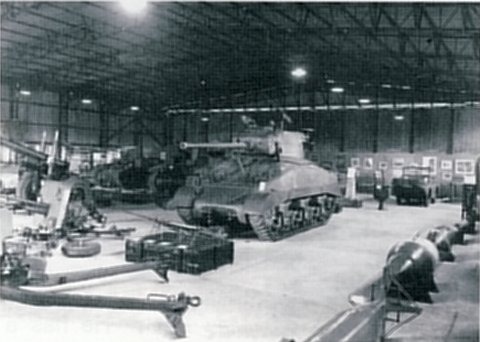
Displays inside the hangar.
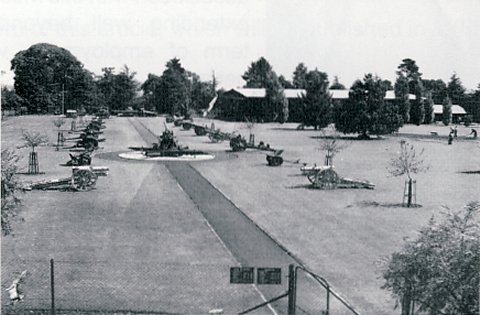
The garden showing artillery pieces along the pathway leading to the earliest hangar.
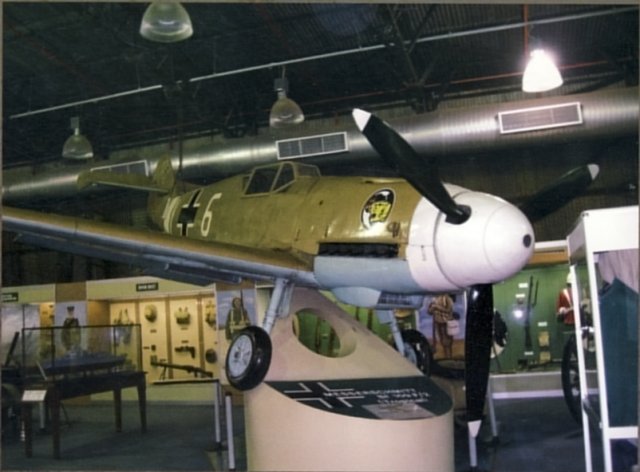
Outside back cover of this issue
Messerschmidt BF109 F/2 on display in Brink Hall
at the Ditsong National Museum of Military History in Saxonwold, Johannesburg
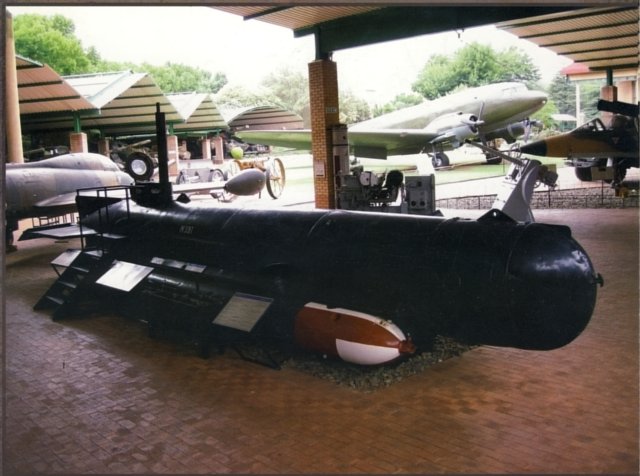
Outside front cover of this issue
German one man Molch Submarine and other exhibits
on display at the Ditsong National Musuem of Military History
Photo: Steve Tegner
Return to Journal Index OR Society's Home page
South African Military History Society / scribe@samilitaryhistory.org